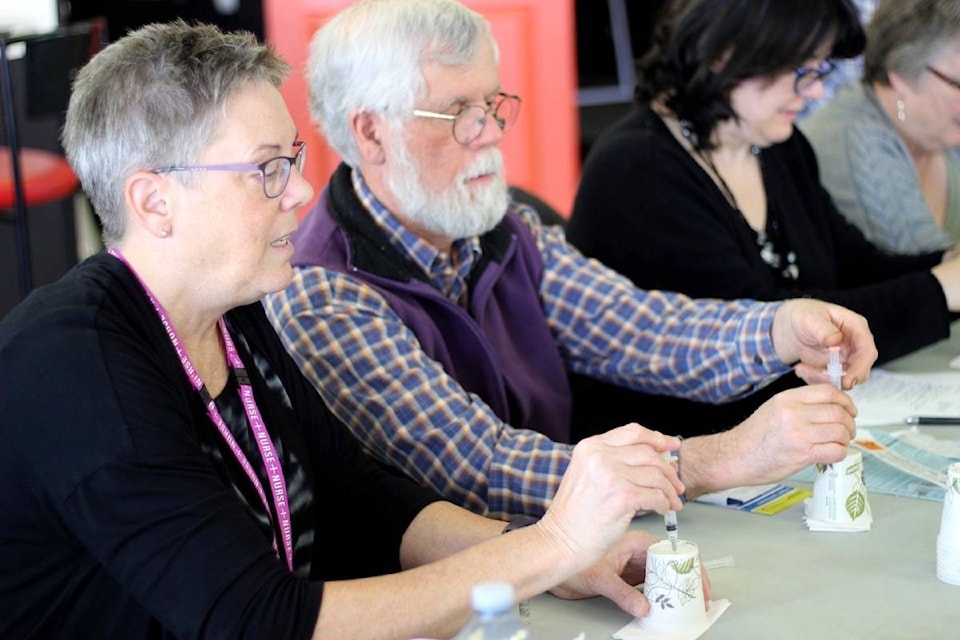Overdose deaths have been going up in the Thompson Cariboo region in recent years jumping from 13 in 2015 to 64 in 2016 and 55 between January and October in 2017, culminating in an overdose alert from Interior Health (IH) this week after nine suspected deaths in the IH region in a five-day period.
While the majority of deaths in the Thompson Cariboo region have been in Kamloops (43 out of 64 in 2016 and 37 out of 55 in 2017 from January to October) the remaining deaths are scattered fairly evenly across the area according to Dr. Trevor Corneil, the Chief Medical Health Officer for Interior Health.
“Our experience is they really are spread out,” he says. “This overdose crisis is impacting all communities.”
Interior Health doesn’t give out overdose figures for smaller communities like 100 Mile House due to privacy concerns, but that doesn’t mean the problem doesn’t exist there.
“We are trying to address opioid use in the rural settings as well.
“Even when we look at ambulance calls for overdose deaths, we see the distribution of calls is reasonably even by population with intensity in Kelowna and Kamloops but those calls are made in all districts.”
They’ve tried to make sure that harm reduction supplies, education, take-home naloxone kits and other measures are available in both urban and rural settings, he says.
They’ve not found unique risk factors in rural areas which is one of the difficulties, says Corneil.
“The drug supply is tainted and it is killing people and we really encourage people to access treatments, look at opioid substitution therapies and look to ways to avoid the illicit market at this time.”
“We’re finding Fentanyl everywhere. So Fentanyl is in the opioid distribution supply so everywhere we’re finding heroin we’re finding Fentanyl and that’s determined through seizures by RCMP but also through random drug collections.”
The risk is there for both men and women and the rates are the same for First Nations and those living on reserve the same as other groups, he says.
“It’s not impacting any one population more than another. It’s impacting everybody.”
